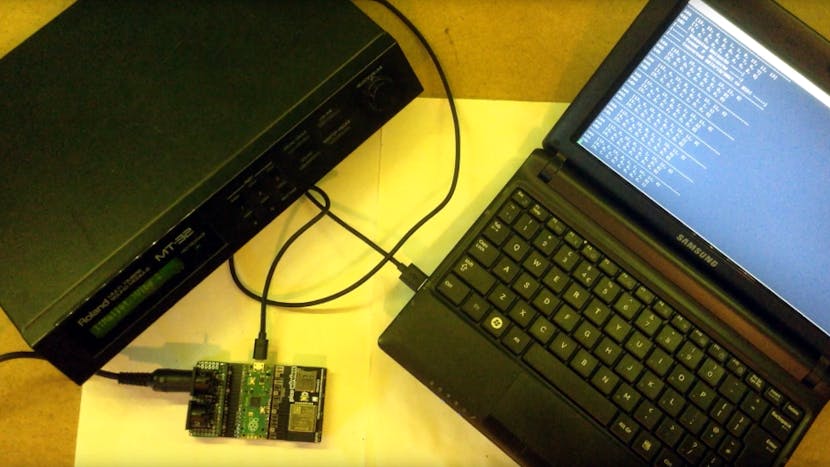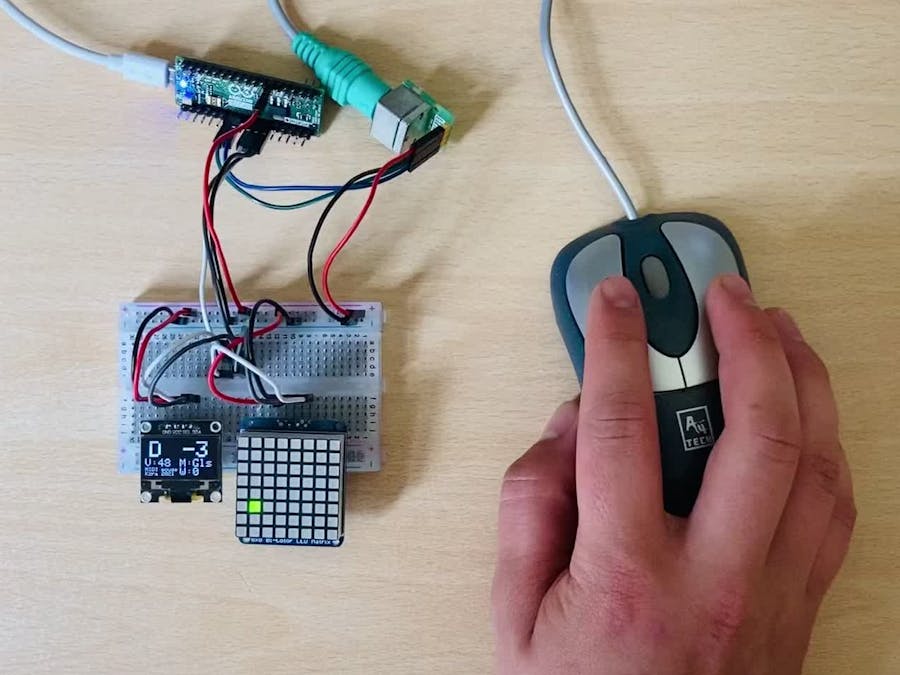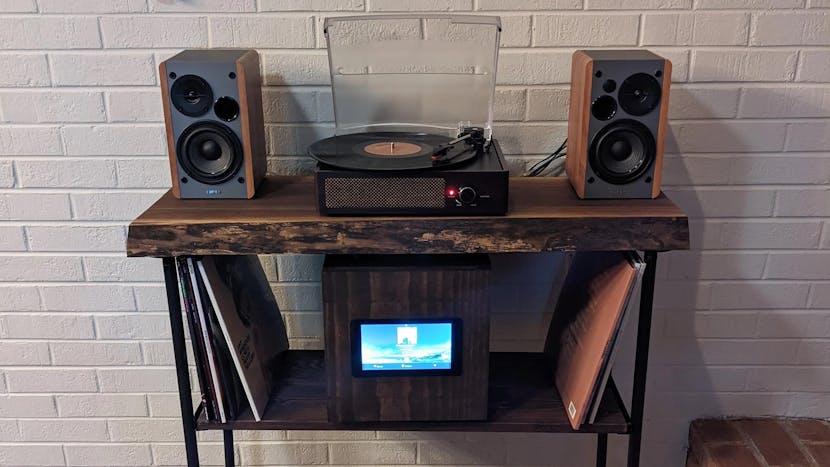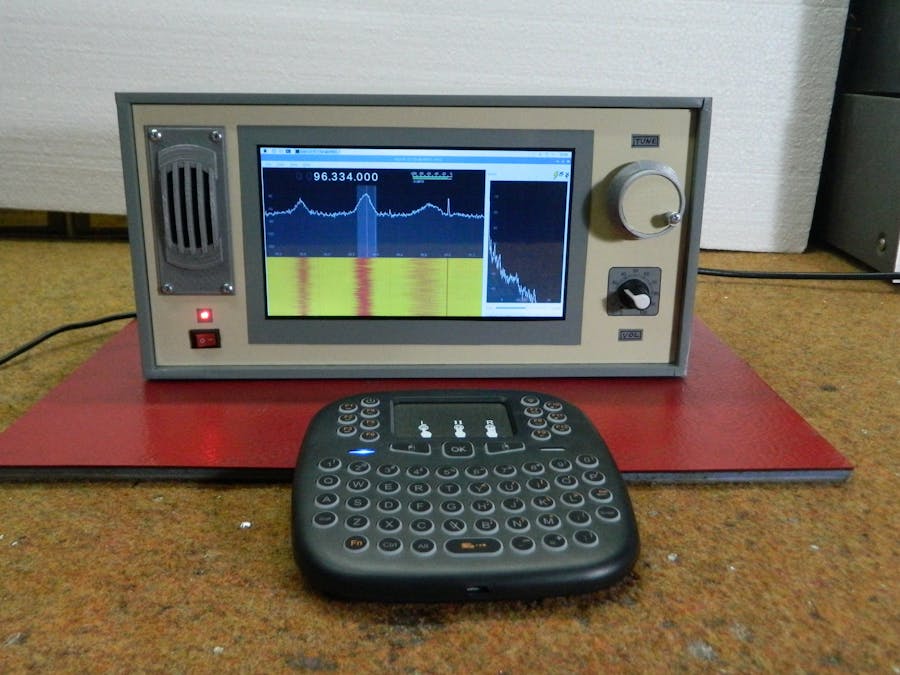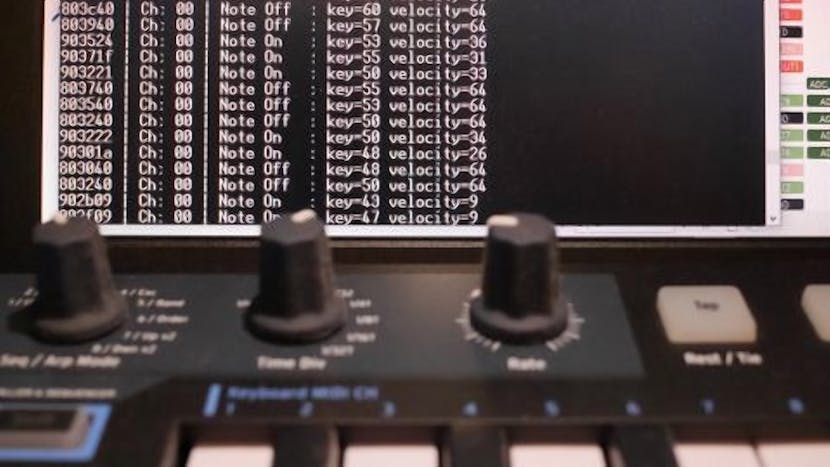Driven by MicroPython on a Raspberry Pi Pico with Pimoroni Pico Wireless add-on, this music generator plucks Wi-Fi signals from the air.
Pseudonymous electronics and music enthusiast Kevin, of Simple DIY Electronic Music Projects, has shown off a Raspberry Pi Pico-powered MIDI project with a difference: It generates music based on nearby Wi-Fi signals.
The project was inspired by a 2015 device dubbed the MIDI Arp, which used an Arduino Nano board and a Microchip ENC28J60 Ethernet shield to turn address resolution protocol (ARP) requests into music — played through a Roland MT-32 synth module.
